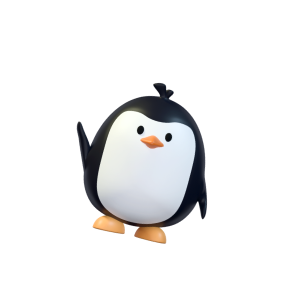Aging Brain: A New Science to Keep Brain Young and Sharp
We all get old, and so does the brain. The growth of the brain begins to slow down at the surprising young age of 24, but that does not mean that it will lose its sensitivity, and different cognitive skills can reach their peak at different ages. In your life, the brain can be continuously strengthened regardless of your age or access to resources. Through decades of clinical medicine and continuous research, Gupta, a surgeon, pointed out that we can improve and have a better brain at any age. Based on the research of brain science, neurology and pathology in recent 30 years, the author reveals the causes of brain aging and cognitive decline. By comparing the methods in the mental research report database of nearly one hundred experts from the Global Brain Health Council, this paper proposes to scientifically optimize the brain from the aspects of exercise, nutrition, rest, social contact and improving brain plasticity. When you put your brain first, other things related to health will be solved. Without a healthy brain, you can't even make healthy decisions. Life habits can affect the fate of your brain more than your genes. People with dementia are getting younger. Brain recession can be prevented and early intervention can be carried out. This book provides readers with a 12 week brain strengthening plan that can be practiced immediately. Start your "sharp brain" program in daily life, repair the brain with simple and scientific methods, and improve brain power. A healthy brain will not only bring a healthy body, weight, heart, etc., but also bring stronger self-confidence and a more solid financial future.
·179000 words
